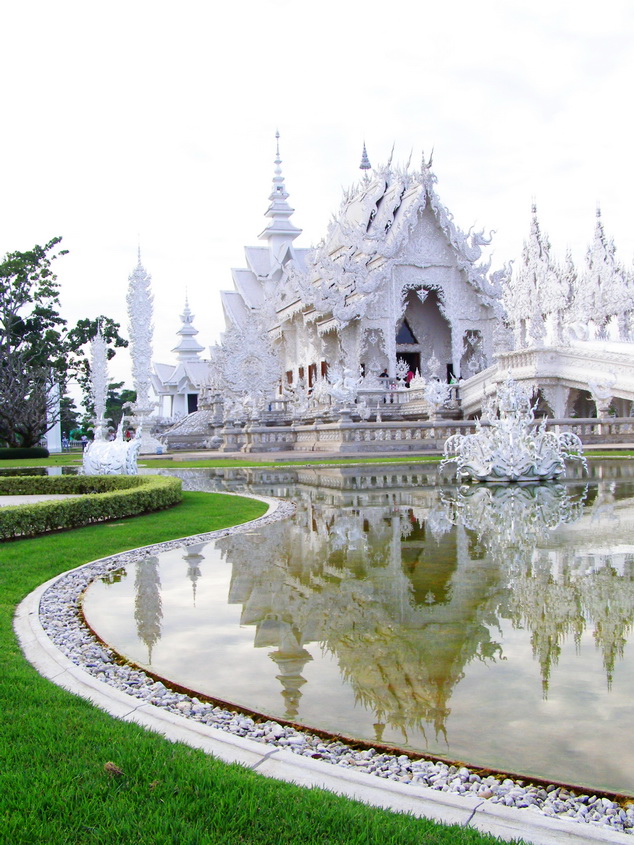 |
|
WHITE TEMPLE ( WAT RONG KHUN ) |
|
| ------------------------------------------------------------------------------------------- |
|
Also known as The White Temple, Wat Rong Khun is regarded as one of the most beautiful temples built in this century. A masterpiece of artist Chalarmchai Kositpipat, famed for his extravagant and unique Buddhism-related paintings, Wat Rong Khun reflects the artist’s grand visions of heaven, hell and Nirvana. The main assembly hall and adjacent area are carved in white with glass mosaics. The construction started in 1997 and even the assembly hall is not yet completed: only two walls have been painted with a depiction of heaven and hell. Look closely and you’ll see pictures of international heroes like Spiderman, Sailor Moon and even Ben 10 hidden in the murals. When it’s completed (it could take 50 years), the temple will have nine buildings. Donations are welcome but should not exceed B10,000 as Chalermchai doesn’t want to be under the influence of big donors, even though he’s spent more than B40 million of his own cash.
Opening hours: Daily 6.30 am - 6 pm
Contact: Tel. 0 5367 3579
|
|
|
|
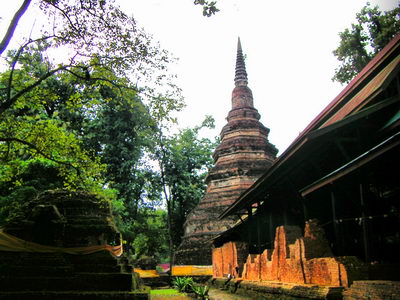
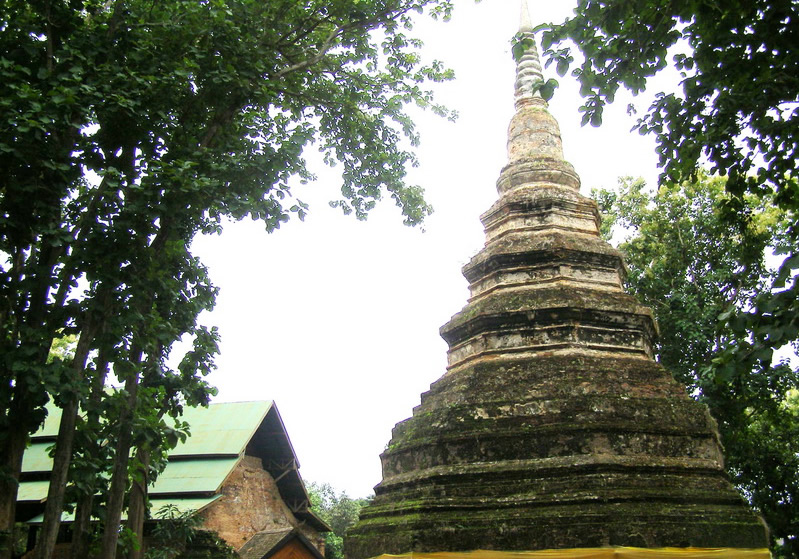
|
|
CHIANG SAEN |
|
| ------------------------------------------------------------------------------------------- |
|
According to the well-known myth, Chiang Saen was a hidden ancient city named Yonok Nak Phan, existed over 2,000 years ago in the north of Chiang Rai. With the help from the Nagas (giant serpents), Chiang Rai’s King Singhanawat had founded the city, which later brought back lucks to the city. Yonok Nak Phan had to suffer from the destiny, making the city collapsed, flooded and was washed away from the earth. On the other hand, the scientific studies explained that the cause of the devastation was an earthquake that transformed the city to Chiang Saen Lake.
Apart from the story above, the evidence of the historical existence of Chiang Saen proves that the city was in the reign of King Meng Rai of the Lanna Kingdom and it was named under the ancient language Tai used by Burmese and Northern Thai. ‘Chiang’ means ‘dense city’ and ‘saen’ probably relates to King Meng Rai’s nephew, King Saen Phu, who served as the third king of Chiang Saen after King Meng Rai. King Saen Phu had ordered Chiang Sean the capital city from 1327-1341 before his son, King Kham Fu took over the reign.
When Chiang Saen experienced a decline, it was no longer a capital city but there was still the great expansion on the Buddhism through many governors as seen from the ruins discovered—75 temples within the city and 66 outside Chiang Saen, which all certified the Chiang Sean civilization under the influence of Buddhism. Later in 1557, many cities including Chiang Mai and Chiang Saen were invaded by the Burmese, following by troops from Ayutthaya.
|
|
|
|
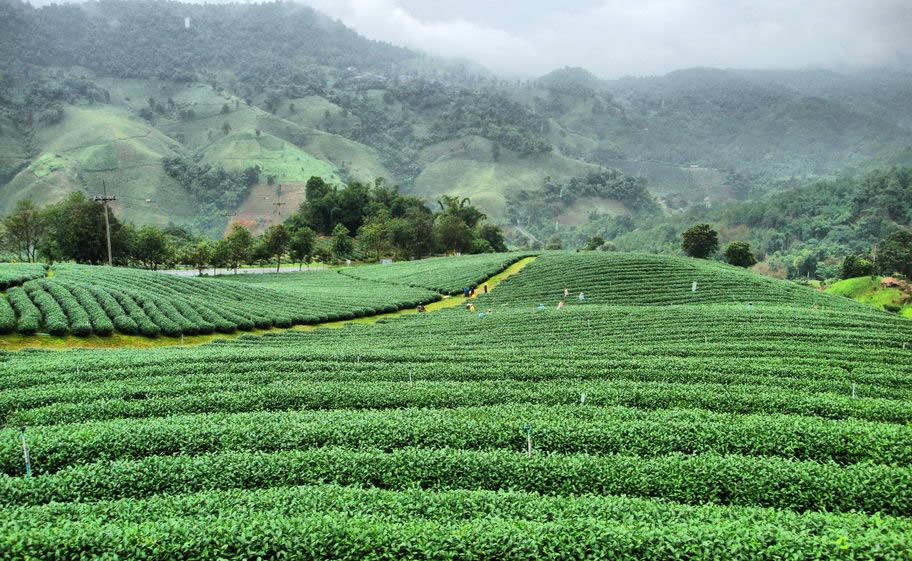
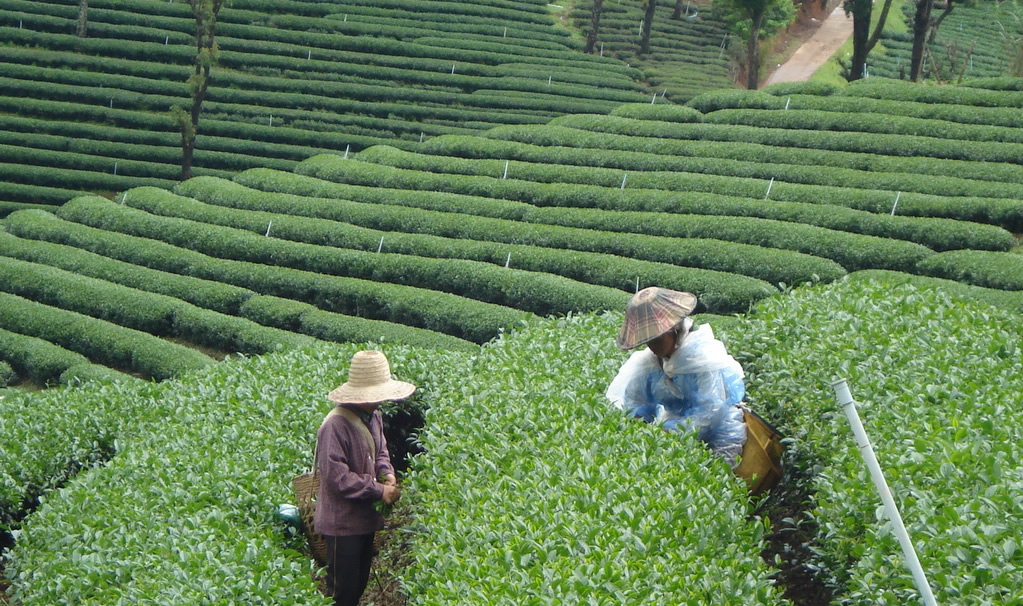
|
|
DOI MAE SALONG |
|
| ------------------------------------------------------------------------------------------- |
|
Set in the picturesque and serene hill, Doi Mae Salong was once the community of Santi Khiri, the Chinese 93rd Divisions who escaped from the political tension in Burma in 1961. Today, Doi Mae Salong has become one of the main tourist attractions in Chiang Rai, offering the succulent native Chinese cuisine, lovely houses with flowers and many plantations from fruits to coffee and tea while there are still many tribes living there. If you wish to come at the peak of the full bloom of the scenic sakuras that you enjoy while trekking, visit during December to January and there are many accommodations in small hotels and guesthouses.
How to get there: Use the Chiang Rai-Mae Chan Route and drive for about 29 kilometers then make a left turn for about 41 kilometers and you must pass a hot spring. On your way back, you can take the Routes No. 1234 and 1130 which will pass the villages of Yao and Akha tribes. Otherwise, take the Route No. 1089 to Tha Thon which is about 45 kilometers and you will find many resorts located at the starting point of Kok River.
|
|
|
|
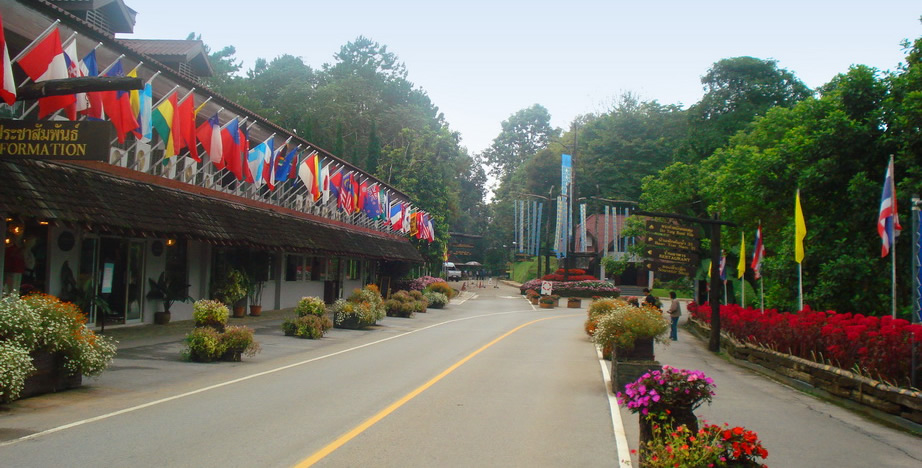
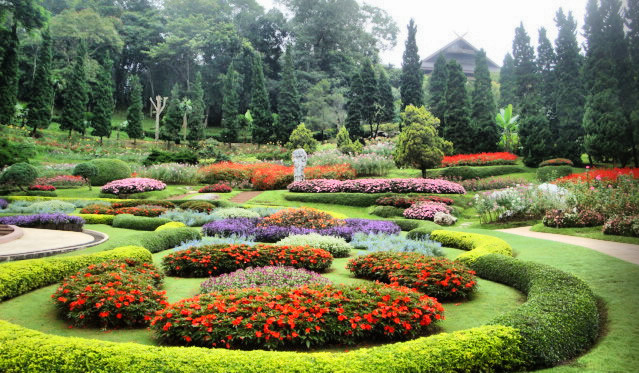
|
|
DOI TUNG |
|
| ------------------------------------------------------------------------------------------- |
|
At Doi Tung, you get to experience both the beautiful scenery of the hill and to learn about the life and social-development works of the late Princess Mother and her Doi Tung Development Project (since 1987). Located on Mae Fa Luang District, you can travel to Doi Tung through the Highway No. 110 for 48 kilometers and take a left on Highway No. 1149. While on the road you’ll be enjoy driving through beautiful surroundings as well as interesting attractions like the Mae Fa Luang Garden, Akha, Muser tribal villages, Phra That Doi Tung where Buddha’s relics are enshrined, and, most importantly, Doi Tung Villa (Pra Tamnak Doi Tung), the former residence of the Princess Mother who passed away in 1995 after spending years working in many projects to help the underprivileged hilltribes. The villa has later become symbol an effort to stop the opium cultivation in the area.The nearby Suan Mar Pah Luang is also an interesting attraction featuring beautifully landscaped garden filled with numerous kinds of plants and flowers.
|
|
|
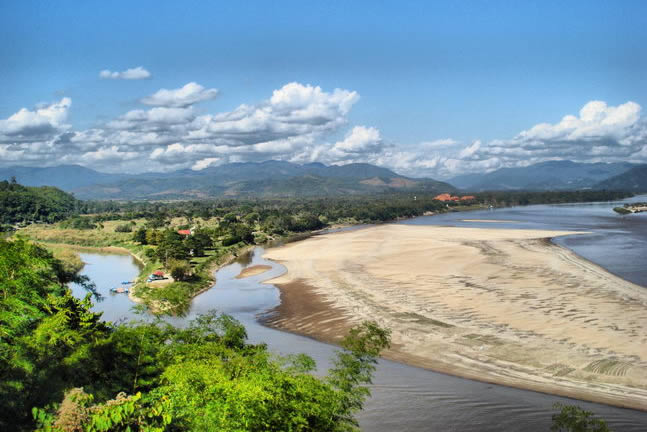
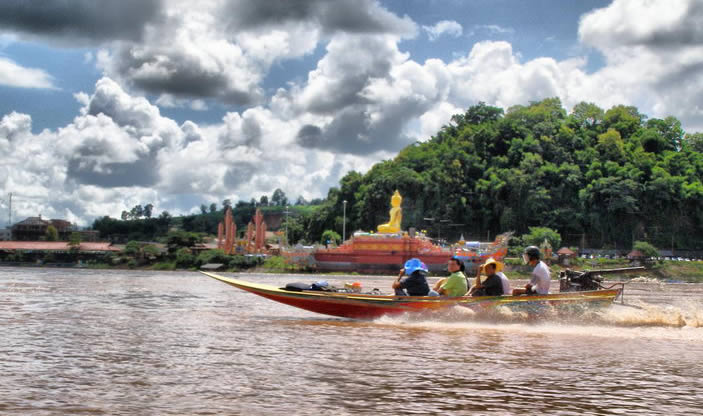
|
|
THE GOLDEN TRIANGLE |
|
| ------------------------------------------------------------------------------------------- |
|
Visiting the renowned Golden Triangle is a must to complete the trip to Chiang Rai province! This is the famous location where the borders of Thailand, Laos, and Myanmar meet in the middle of the Mekong River. The Golden Triangle was formerly known as the world’s major producer of opium, which was later improved thanks to the works of the Royal Projects. Reaching the Golden Triangle where Thailand, Laos, and Myanmar join is easy as it’s only 9 kilometers north of Chiang Saen, by taking the road parallel to the Mekong River.
“Sop Ruak” is its nickname called by the locals, representing it is where Mekong and Ruak rivers join. It is also the birthplace of various legends of the Lanna culture.
Boats services are available to enjoy the view upstream of the Golden Triangle and to cruise downstream to Chiang Khong. The journey to the Golden Triangle would take about 40 minutes and 1 hour is required to travel to Chiang Khong. Please be noted that the time duration may vary depending on river currents and water levels.
Source : http://www.tourismthailand.org/Where-to-Go
|
|
|
|













